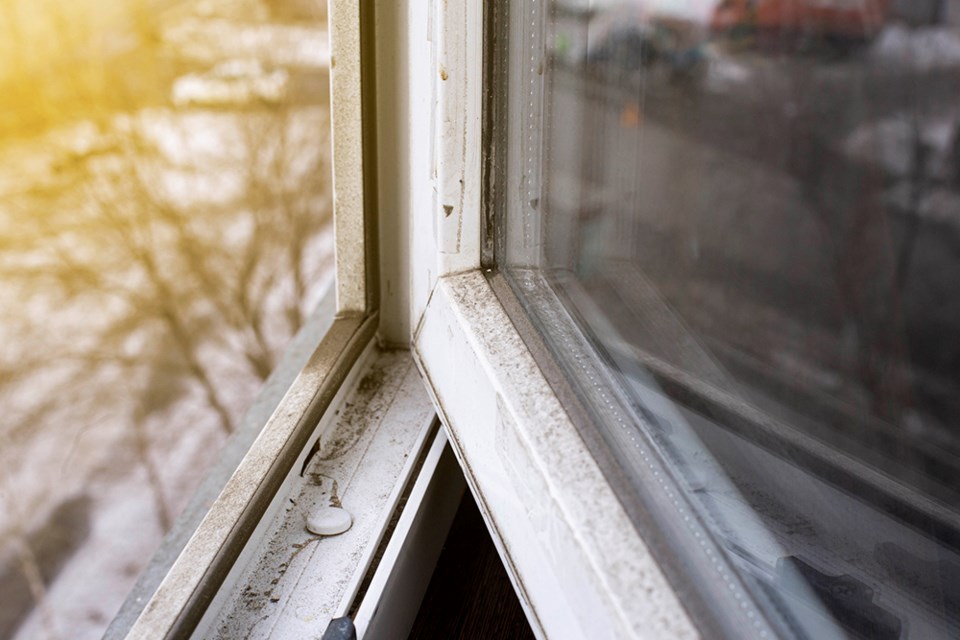On sunny fall days, it’s easy to walk along the seaside forgetting all the challenges of living on the ‘wet’ coast.
Mouldy car seats, expanding wooden doors and damp papers in the basement are common problems where humidity is high. The same conditions that make this a paradise for mushrooms are responsible for ideal conditions to grow mould and damage furniture and other items in storage.
What are some moisture-wicking tricks that aren’t wicked?
Consider these earth-loving solutions to helping your family breath a mould-free sigh of relief.
If you are experiencing a lot of humidity in your car, take advantage of the next sunny day by rolling down your windows to get air flowing. Removing any damp towels, pillows or other items that absorb water will help speed the drying along.
Next, get the fan blowing with the air conditioning on, if you have it. If you need to get the help of a dehumidifier, tap into your community and see if someone has one you can borrow.
Single-pane windows in homes sweat a lot when temperatures outside are cooler than inside. Dirt tends to attract water, so clean windows are less likely to get damp. That said, double insulating your windows may be the only reliable solution.
If replacing windows is a possibility, there are CleanBC rebates for creating more energy efficient homes in this way. The old frames being removed can be saved for a greenhouse project down the road.
Instead of replacing single-pane windows, you can also create reusable seasonal frames to put up over your windows each year. This takes a bit of measuring, some heat-shrink plastic, bits of wood and a hairdryer, but is well worth the time in the end.
You’ll finally be able to see out your windows for one, and your indoor air quality will benefit from not having a mould factory on the window sills.
Campers and trailers are great fun in the warmer months, but need extra care and attention when the weather turns chilly. Keeping them dry in the winter can be a challenge.
Taking out mattresses and seat cushions when they are not in use gives water fewer places to hide. Using moisture absorbing beads is a popular choice. These often contain calcium chloride, which wicks water out of the air and into a collection tray or container.
As with many household cleaners, desiccants (materials that remove water from their surrounding environments) often come in single-use plastic packaging. Using them is sometimes the necessary trade off as they can prevent damage to your home on wheels.
A great reuse trick is to keep any of the silica gel packs you receive in food or other products you purchase. They are designed to remove water from the air as well and are perfect to use in storage bins with books and important papers or electronics.
Kitty litter is another great hack for drying things out. Placed in an old pair of tights and tossed into a damp environment, it can absorb a fair bit of water.
Damp air doesn’t have to dampen your spirit or your belongings. Instead, look for ways to keep your belongings dry to extend your enjoyment of them.
Let’s Talk Trash is contracted by qathet Regional District to deliver its waste reduction education program. For more information, email [email protected] or go to LetsTalkTrash.ca.
Join the Peak's email list for the top headlines right in your inbox Monday to Friday.



